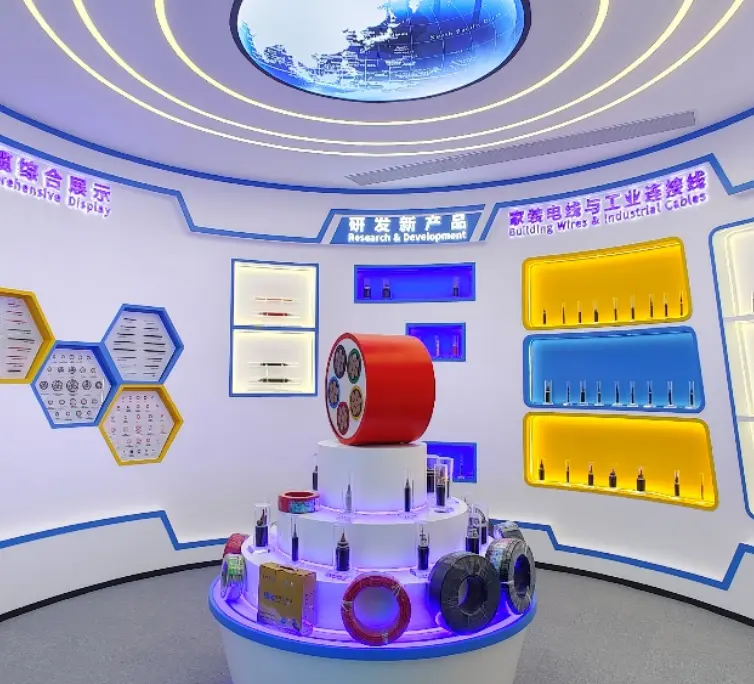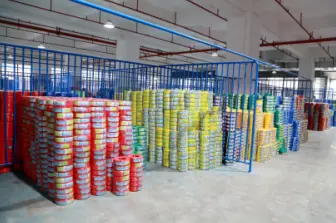The Difference Between Control Cable and Signal Cable
As we all know, cables can be subdivided into many products such as control cables and signal cables, because of their different requirements and occasions. There are many friends who don't know the cable products, they sometimes confuse the two cables, but in fact, there is a big difference between the two cables. So what is the difference between a control cable and a signal cable?
1. The characteristics of control cables and signal cables are different
Each core of the control cable is grounded to the rest of the core, the control cable is larger than 10000㏁.km, and the HYAT cable is larger than 3000㏁.km. Generally, the signal transmitted by the signal cable is very small. In order to avoid signal interference, there is a shielding layer outside the signal cable. The shielding layer of the wrapped conductor is generally conductive cloth, braided copper mesh or copper foil (aluminium), and the shielding layer needs to be grounded. External interference signals can be led into the ground by this layer to prevent interference signals from entering the inner conductor to interfere and reduce the loss of transmission signals.
2. The use of control cables and signal cables is different
Control cables are suitable for industrial and mining enterprises, energy and transportation departments, and PVC insulated and PVC sheathed control cables are used for control and protection circuits with AC-rated voltages below 450/750 volts. The sensor signal cable is used for signal transmission of various sensors and instruments. The sensor signal cable adopts silver-plated conductors and a multi-core structure to ensure that the resistance between each core is highly consistent. It can accurately transmit weak electrical signals hundreds of meters away.
3. The materials of control cables and signal cables are different
The core of the control cable is a copper core, with a nominal cross-section of 2.5 mm and below, 2 to 61 cores; 4 to 6 mm, 2 to 14 cores; 10 mm, 2 to 10 cores. The operating temperature of the control cable: is 65°C for rubber insulation, and 70°C and 105°C for polyvinyl chloride insulation. The control cables used in computer systems are generally insulated products made of polyvinyl chloride, polyethene, cross-linked polyethene and fluoroplastics. The material of the signal cable, the sophisticated metal material, on the one hand, must smoothly derive the interference signal, and the extremely thin metal wire must have sufficient anti-bending ability to prevent metal debris from affecting other electrical equipment.
In fact, there is a big difference between these two kinds of cables. Signal cables are more used to transmit data signals, and signal cables are shielded to prevent interference from external signals. The control cable is mainly used to transmit electrical signals. Generally, there is no shielding. It is suitable for PVC insulation used in industrial and mining enterprises, energy and transportation departments, and control systems for control and protection lines of equipment with AC rated voltages below 450/750 volts. Vinyl chloride sheathed control cables are used.
Latest News & Blog
 English
English  français
français  Deutsch
Deutsch  العربية
العربية  tiếng việt
tiếng việt  ไทย
ไทย  čeština
čeština  Indonesia
Indonesia  Eesti
Eesti  български
български  slovenčina
slovenčina 



